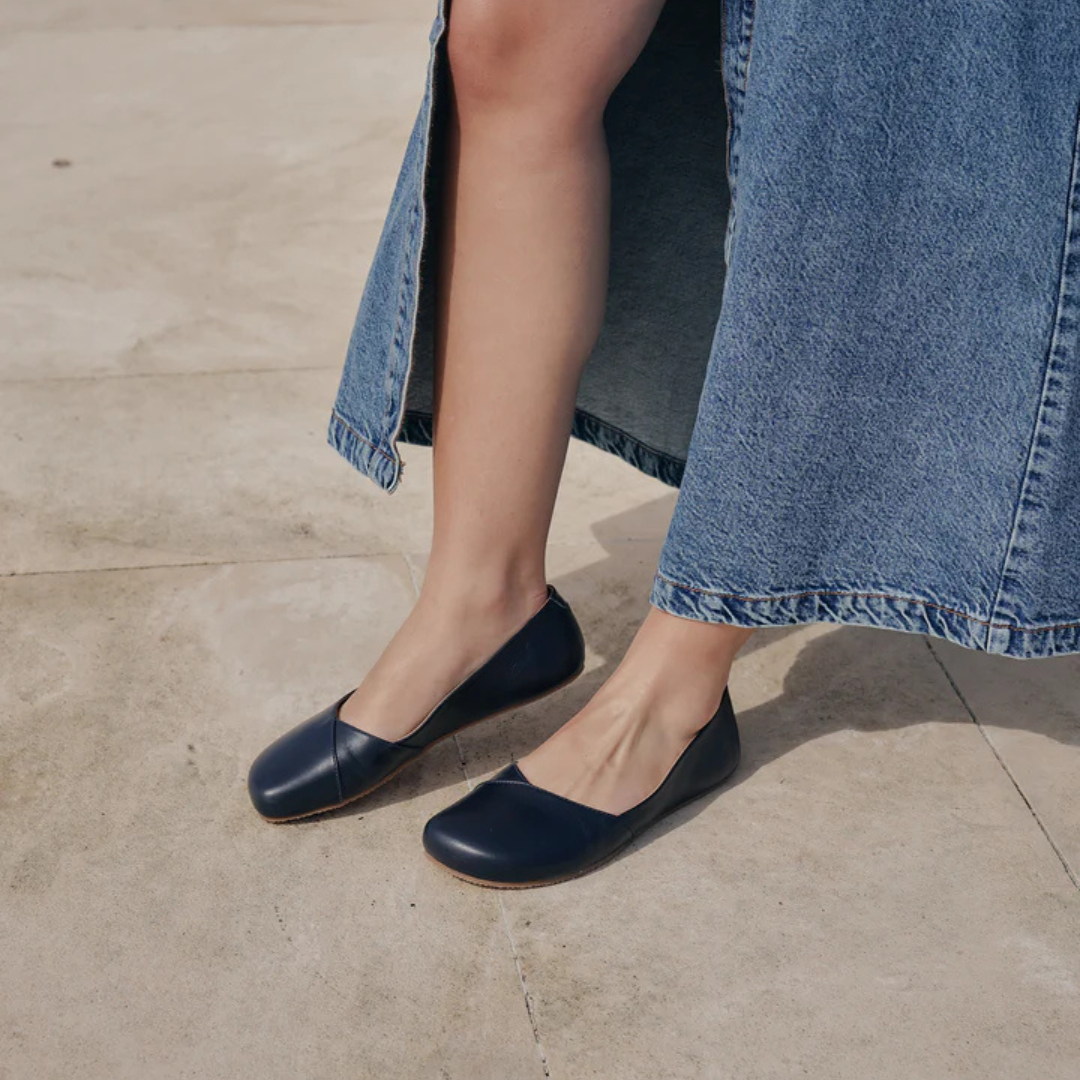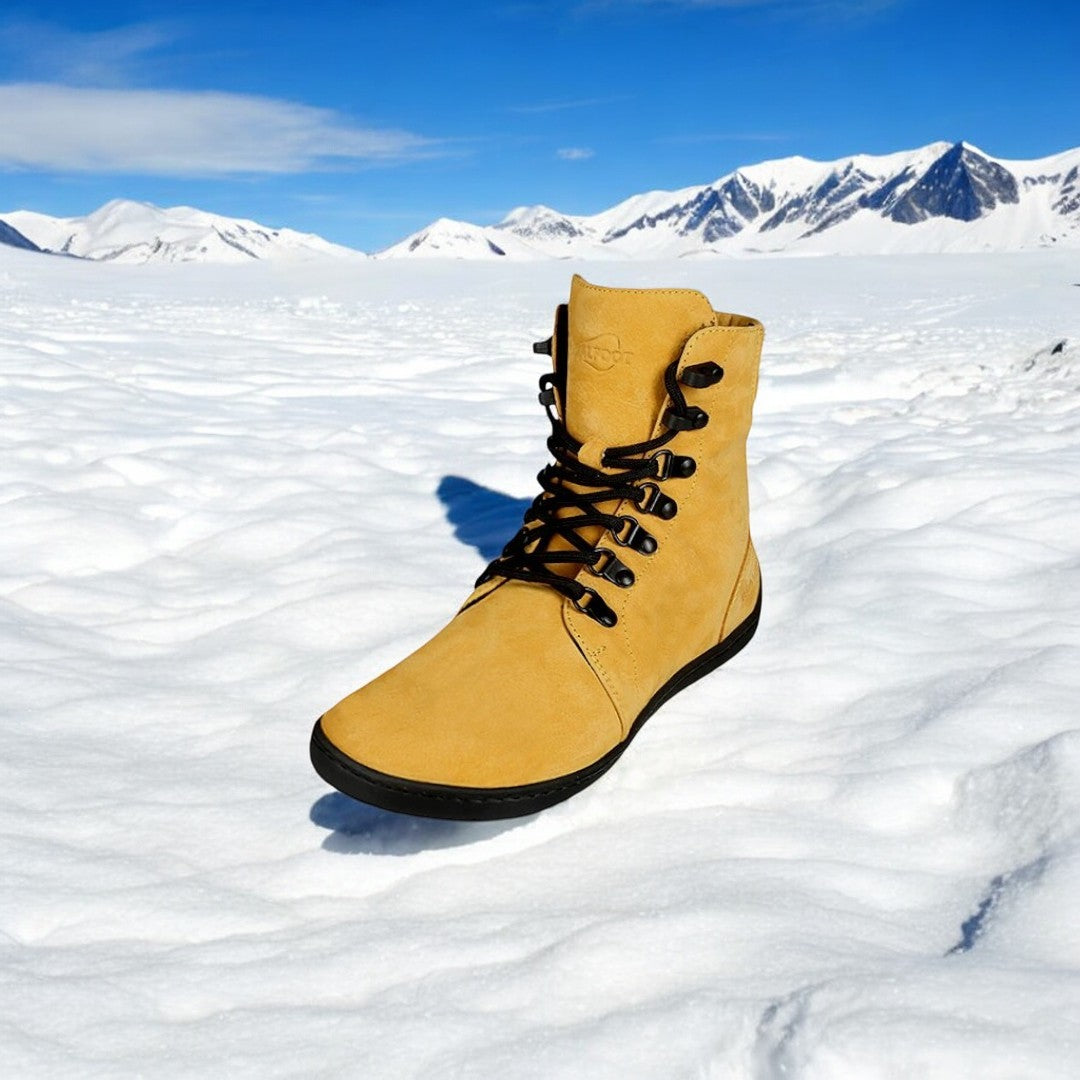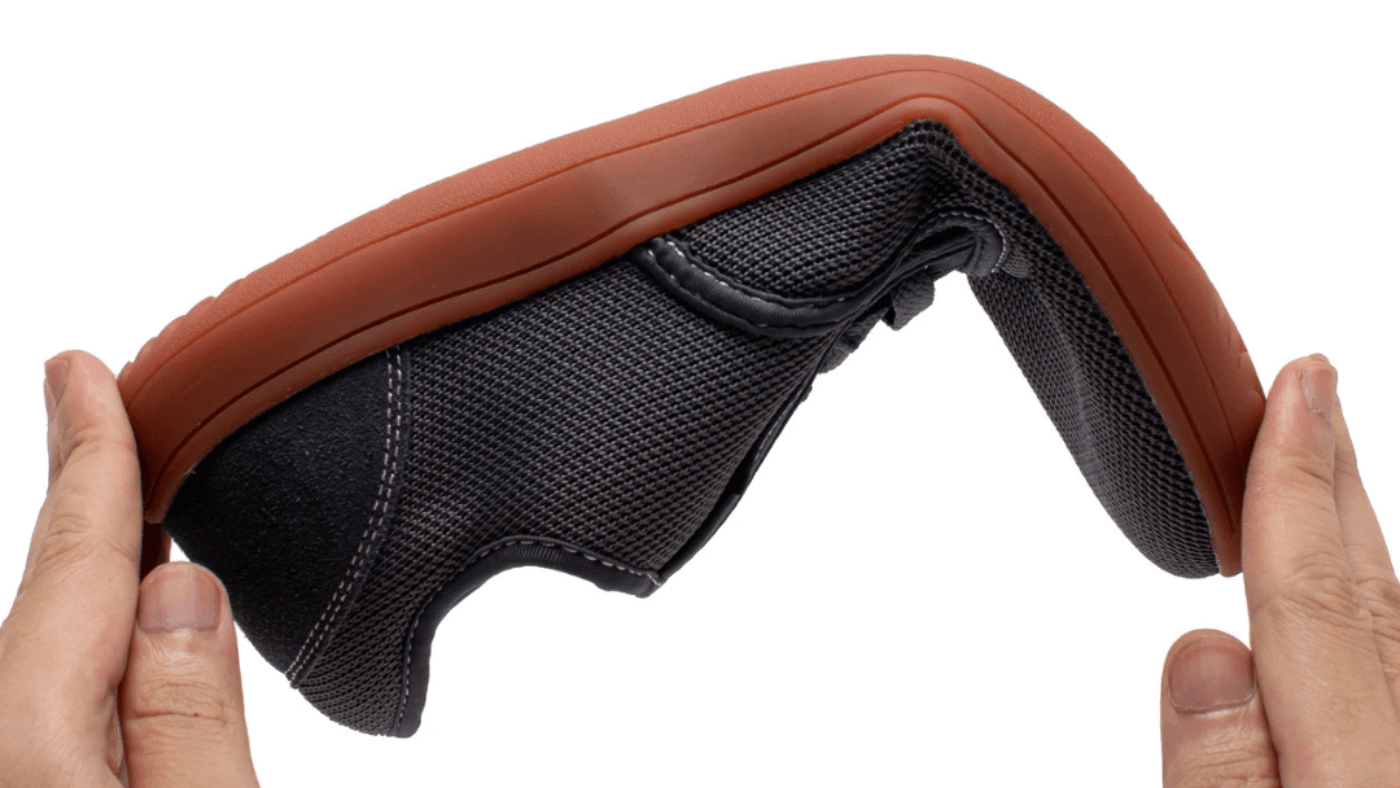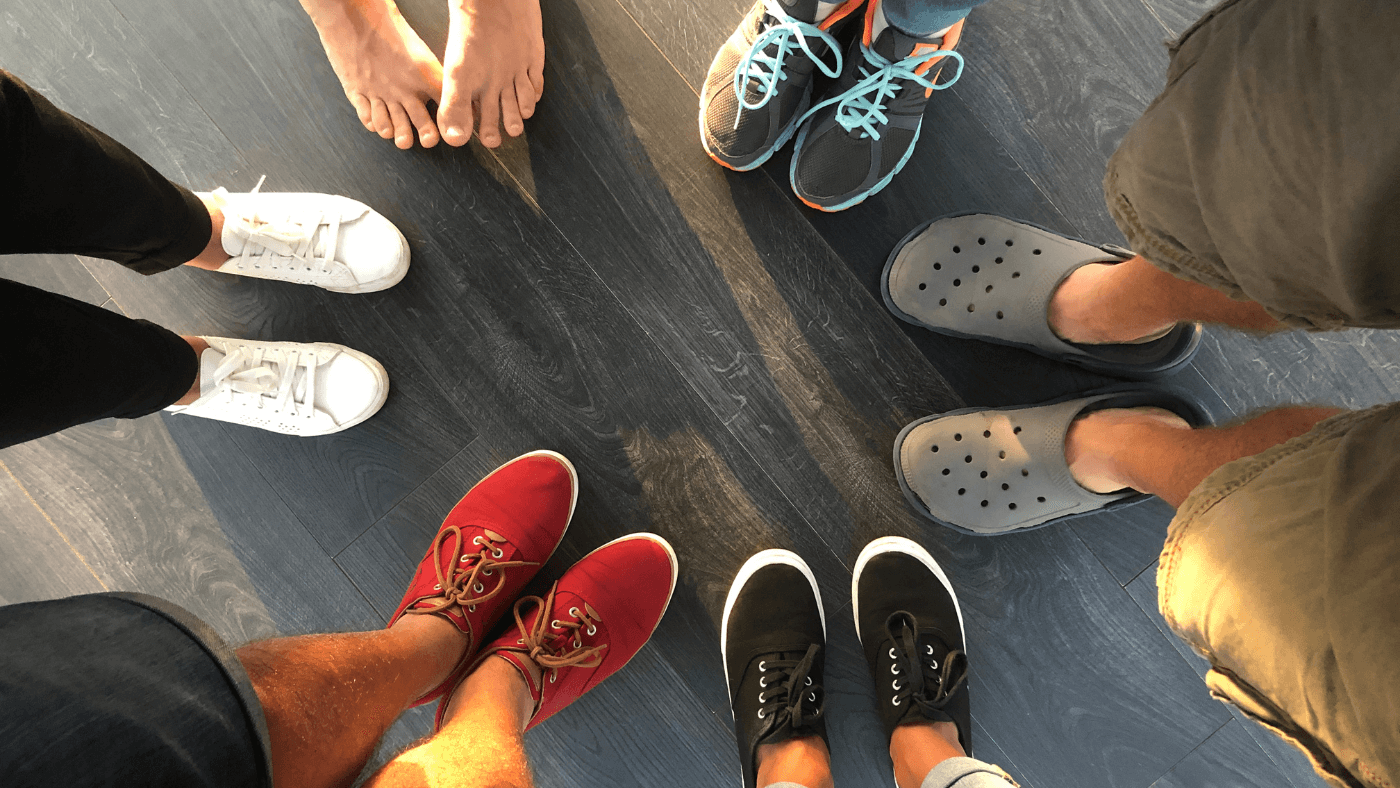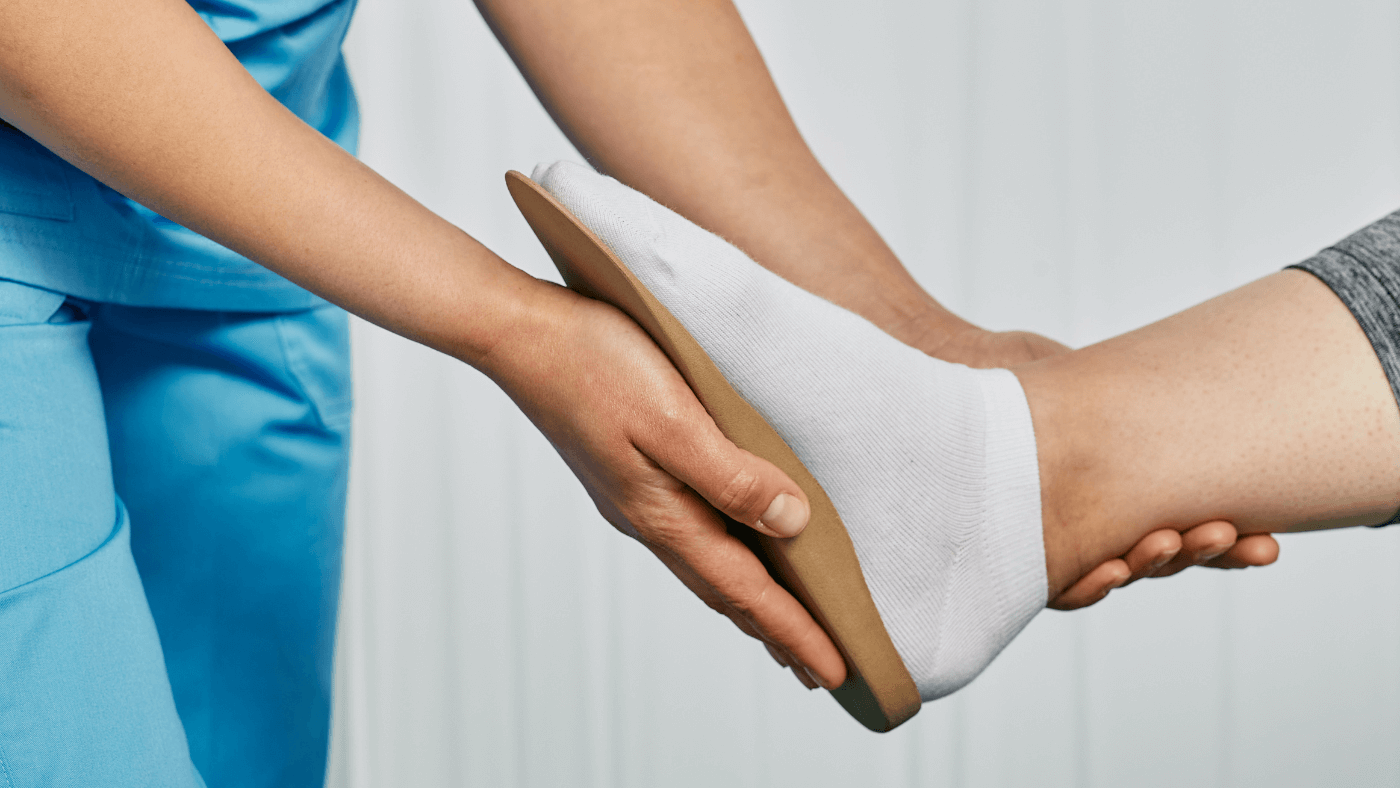Barefoot Shoes: Ideal for Walking?
Introduction to Zero Drop Shoes: Understanding the Basics
Barefoot shoes, also known as zero drop shoes, are gaining popularity for their unique design and potential health benefits. The term "zero drop" refers to the equal height of the heel and toe, meaning there is no elevation difference between them. Traditional shoes usually have a heel-to-toe drop of 10-12mm, which can affect posture and walking mechanics.
Designed to mimic barefoot walking, barefoot shoes encourage a more natural gait. The flat sole helps place the foot in a neutral position, promoting better alignment of the spine and joints. This can reduce stress on the knees and hips, potentially lowering the risk of injuries.
These shoes also typically feature a wider toe box, allowing toes to spread naturally. This can improve balance and stability, making walking more comfortable and reducing the likelihood of developing foot problems like bunions.
The minimalist nature of barefoot shoes often includes less padding and thinner soles, which can enhance ground feel and proprioception. This increased sensory feedback can help walkers become more aware of their foot placement and movement, potentially improving overall walking form.
However, it’s crucial to transition gradually if you're new to barefoot shoes. Sudden changes can strain muscles unused to the altered mechanics. Start by wearing them for short walks and gradually increase your usage over a few weeks.
In essence, barefoot shoes offer a unique approach to walking that aligns the body more naturally, but they require careful consideration and adjustment. Understanding the basics helps in making an informed choice about whether they are right for your walking routine.
The Benefits of Barefoot Shoes for Walking
Zero Drop shoes have rapidly gained popularity among walking enthusiasts, and for good reason. One of the primary benefits of barefoot shoes for walking is the natural alignment they promote. Unlike traditional shoes that elevate the heel, barefoot shoes keep your heel and forefoot at the same level. This design encourages a more natural walking gait, potentially reducing stress on the joints and lowering the risk of injuries like plantar fasciitis.
Another advantage is improved posture. With zero drop shoes, walkers often find that their body posture becomes more upright and balanced. This alignment promotes better spinal health and reduces back pain. Additionally, the minimalist design of barefoot shoes usually means they are lightweight, making your walks less tiring and more enjoyable.
The enhanced sensory feedback from the ground is another noteworthy benefit. Barefoot shoes typically have thinner soles, allowing you to feel the terrain beneath your feet. This increased proprioception can enhance your balance and stability, making you more aware of your walking environment.
Lastly, zero drop shoes can help in strengthening your foot muscles. Traditional shoes often provide excessive support, which can lead to weak foot muscles over time. In contrast, the natural foot movement encouraged by barefoot shoes engages various muscle groups, leading to stronger, more resilient feet.
In summary, barefoot shoes offer numerous benefits for walking, from promoting natural alignment and better posture to enhancing sensory feedback and muscle strength. Whether you're a casual walker or a dedicated hiker, barefoot shoes can offer a comfortable and health-conscious alternative to traditional walking shoes.
Potential Drawbacks and Considerations
Zero Drop shoes, while gaining popularity for their unique design, aren't without their potential drawbacks. One of the primary concerns is the lack of arch support. Traditional walking shoes often come with built-in arch support, which can be crucial for individuals with flat feet or those prone to plantar fasciitis. Switching to barefoot shoes without the proper transition time can lead to discomfort and even injuries.
Another consideration is the adjustment period. Since barefoot shoes encourage a more natural walking gait, they can alter the way your muscles and tendons work. This means there's often a learning curve as your body adapts to the different biomechanics. Initially, you might experience soreness in your calves or Achilles tendons.
Additionally, barefoot shoes typically offer less cushioning compared to traditional walking shoes. While this can promote a more natural foot strike, it can be a drawback on hard surfaces like concrete or pavement, where extra cushioning can provide a more comfortable walk.
Lastly, it's essential to consider your own foot type and walking style. Not all feet are created equal, and some people may simply find barefoot shoes less comfortable. It's worth trying them out and gradually incorporating them into your walking routine.
In summary, while zero drop shoes can offer substantial benefits, it's important to be mindful of the potential drawbacks. Taking the time to transition properly and listening to your body's feedback are key steps in determining if barefoot shoes are right for you.
Comparing Barefoot Shoes to Traditional Walking Shoes
When comparing barefoot shoes to traditional walking shoes, it’s essential to understand how they differ and what these differences mean for your walking experience. Traditional walking shoes typically have a raised heel, creating a slight incline from heel to toe. This design provides additional cushioning and support for the heel, which can be beneficial for individuals who need extra comfort or have specific foot conditions.
On the other hand, barefoot shoes have a flat sole with no height difference between the heel and the forefoot. This design promotes a more natural walking gait, closer to walking barefoot. Many people find that barefoot shoes help improve their posture and balance by encouraging a midfoot or forefoot strike rather than a heavy heel strike.
However, transitioning to barefoot shoes from traditional walking shoes can take some time. Barefoot shoes require different muscle engagement, especially in the calves and feet, which might lead to initial discomfort. It’s crucial to ease into wearing them to allow your body to adjust properly.
In terms of flexibility, barefoot shoes generally offer more freedom of movement due to their streamlined design. Traditional walking shoes, conversely, often have more rigid structures to provide stability, which might be better for those needing added support.
Ultimately, the choice between barefoot shoes and traditional walking shoes comes down to personal preference and individual needs. If you value a more natural walking experience and are willing to make the necessary adjustments, barefoot shoes could be an excellent option. However, if you prefer more cushioning and support, traditional walking shoes might be more suitable for you.
Choosing the Right Barefoot Shoe: Key Features to Look For
Selecting the perfect barefoot shoe for walking can make a significant difference in comfort and foot health. As you make your choice, consider these crucial features.
Toe Box: A spacious toe box is essential. It allows your toes to spread naturally, promoting better balance and reducing the risk of blisters or bunions.
Cushioning: While barefoot shoes maintain a uniform sole height, cushioning varies. For walking, opt for a model with ample cushioning to absorb impact and protect your joints.
Arch Support: Even though barefoot shoes aim to encourage natural foot movement, some arch support might be beneficial, especially if you have flat feet or high arches. Look for a shoe that offers adequate support based on your specific needs.
Flexibility: The shoe should be flexible enough to bend with your foot. This helps in mimicking a natural walking motion, enhancing comfort and reducing the likelihood of injuries.
Material: Choose breathable, lightweight materials to keep your feet dry and comfortable. Mesh or knit uppers are great options for their ventilation and flexibility.
Outsole Durability: A durable outsole is crucial for walking on various surfaces. Look for sturdy rubber outsoles that provide good traction and resist wear and tear.
Fit: Ensure the shoe fits snugly but comfortably. It should hold your foot securely without being too tight, allowing for natural movement without causing discomfort.
By keeping these features in mind, you can find a barefoot shoe that not only supports your walking activities but also promotes healthier, more natural foot mechanics.
Conclusion: Are Barefoot Shoes the Ideal Choice for You?
Barefoot shoes offer a unique walking experience that can benefit some individuals, but may not be right for everyone. These shoes position your heel and forefoot at the same level, promoting a natural gait and encouraging better posture. For those who spend a lot of time on their feet, the minimalistic design can help strengthen the muscles in your feet and lower legs, potentially reducing the risk of injury over time.
However, transitioning to barefoot shoes requires thoughtful consideration. If you're used to traditional walking shoes with more cushioning and support, you may need an adjustment period. Starting gradually by wearing them for short periods can help your body adapt to the change. People with existing foot conditions, like plantar fasciitis or Achilles tendon issues, should consult with a healthcare provider before making the switch.
When choosing a barefoot shoe, focus on key features like a roomy toe box, a flexible sole, and proper arch support. These elements ensure your feet have the freedom to move naturally while still providing some structure and protection.
Ultimately, whether barefoot shoes are ideal for you depends on your specific needs and walking habits. They can be an excellent choice for those looking to enhance their walking biomechanics and build foot strength. But if you prefer extra cushioning or have specific foot health concerns, traditional walking shoes might be a better fit. Assess your lifestyle, consult with a professional if necessary, and try different options to find what works best for you.



